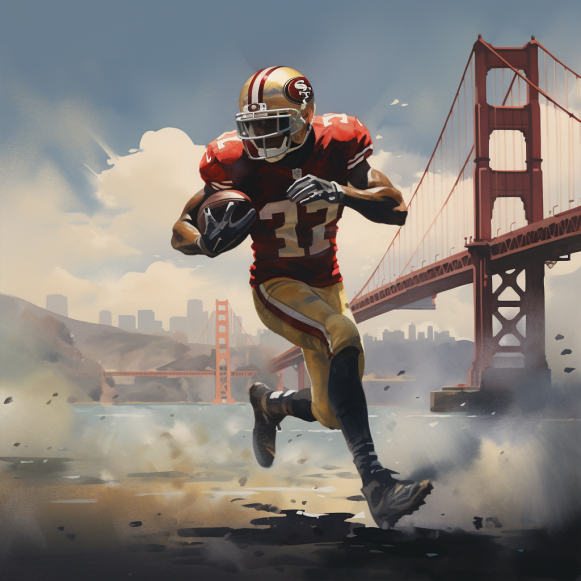A’s president Kaval, quiet since Las Vegas deal, blames Oakland as Schnitzer fire burned

Dave Kaval hasn’t said anything since the A’s agreed to relocate to Las Vegas in April. When an old foe, Schnitzer Steel, went up in flames on Wednesday night, the A’s team president lit up his social media feed with a flurry of posts blaming his organization and owner John Fisher.
The Schnitzer fire provided Kaval with an opportunity to blame the City of Oakland for failing to support the team’s counter-lawsuits against Schnitzer, which filed lawsuits against the A’s during the Howard Terminal proceedings. He also claimed that the city failed to meet its end of the now-defunct Howard Terminal project.
He agrees with MLB commissioner Rob Manfred’s assertion that the A’s and Oakland never had a ballpark agreement in place, a claim that prompted Oakland mayor Sheng Thao to travel to the All-Star Game in Seattle and hand-deliver documents proving otherwise — that Oakland and the A’s were only a few hurdles away from a binding economic agreement. Even with a binding agreement, a Howard Terminal ballpark opening would not have been possible until the 2030s, according to Kaval.
“The city was never able to raise the necessary funds to honor that agreement.” Period. “The (non-binding) agreement was passed by the city council in 2021,” he said over the phone with this news organization. “They were never able to keep that promise.” On top of that, we had all these opponents, with Schnitzer pushing everything back a decade.”
Mayor Thao responded to the claim through a spokesperson, stating that Schnitzer was “not a deal point in the negotiations.” Period.” And that their support would not have aided progress:
“The City’s involvement would not have improved the A’s chances in court and had nothing to do with the fire at the facility.” To imply otherwise is deceptive and irresponsible.”
For decades, the A’s and Oakland have blamed each other for the new ballpark. But, amid the finger-pointing that has become the norm, came explanations for why the A’s left so abruptly, abandoning loyal fans and one of the country’s largest media markets.
MLB revenue-sharing payments would be terminated if the A’s did not reach a binding agreement to build a new ballpark in Oakland or another city by Jan. 15, 2024.
“The revenue share was an important financial contribution to fielding a product on the field,” Kaval explained, citing the team’s success on a shoestring budget over the years. “So, yes, it was a material factor in terms of the deadline.”
More questions are raised by the drama. If the A’s must choose between revenue sharing and staying in Oakland, did Fisher ever consider selling the team to a new owner who could handle the volatile world of Bay Area development? Kaval cites the departures of the Golden State Warriors and Oakland Raiders as evidence that there is no hope of building in Oakland, even going so far as to say that the A’s new ballpark plans — from Laney to Howard Terminal — were practically dead on arrival.
“Of the three teams, we were the only one that tried to stay.” “And maybe that made things worse,” he admitted. “It all comes down to hope.” People became excited because it was possible. We were ecstatic that it could happen. It’s unfortunate that it didn’t work out, but we had to make the difficult decision that we could no longer go sideways. To be honest, this should have ended ten years ago. It’s amazing it lasted this long.”
Kaval took his Howard Terminal remorse to the next level. When asked why the A’s didn’t get full political support and blessings from new neighbors like Schnitzer before moving forward with ballpark plans, Kaval said it’s “hard to know in hindsight” and that the location wasn’t the team’s first choice.
“That was the Mayor’s (Libby Schaaf) preferred site,” he explained. “Originally, our preferred site was Laney (Peralta). We thought the infrastructure costs would be lower and there would be less opposition, but we didn’t have political support for Laney at the time. So we shifted our focus to the Howard site, which we knew had some challenges but also had potential because it was on the water. Similarly, many California laws were changed against us, making it extremely difficult to proceed. It was a successful delay strategy with our opponents.” Notably, Kaval was unable to secure political support for a Laney development bid that was rejected by the Peralta board in 2017. Thao’s office refuted the claim that Howard Terminal was solely the city’s choice.
“The A’s ownership group had selected the Howard Terminal site and insisted on a massive, multibillion-dollar project that included substantial residential, commercial, and retail space, as well as a ballpark,” a spokesperson said. “The conditions and length of the project timeline were entirely dependent on those two decisions made by the ownership group, including Dave Kaval.”
When asked why the A’s didn’t consider building at the Coliseum site after Howard Terminal failed, Kaval stated that the Coliseum site “was never viable for baseball” as long as they shared the market with the San Francisco Giants.
“We’re up against the Giants.” “We need a ballpark on par with Oracle Park,” he said. “Because you’re competing for fans, you need a ballpark to match.”




